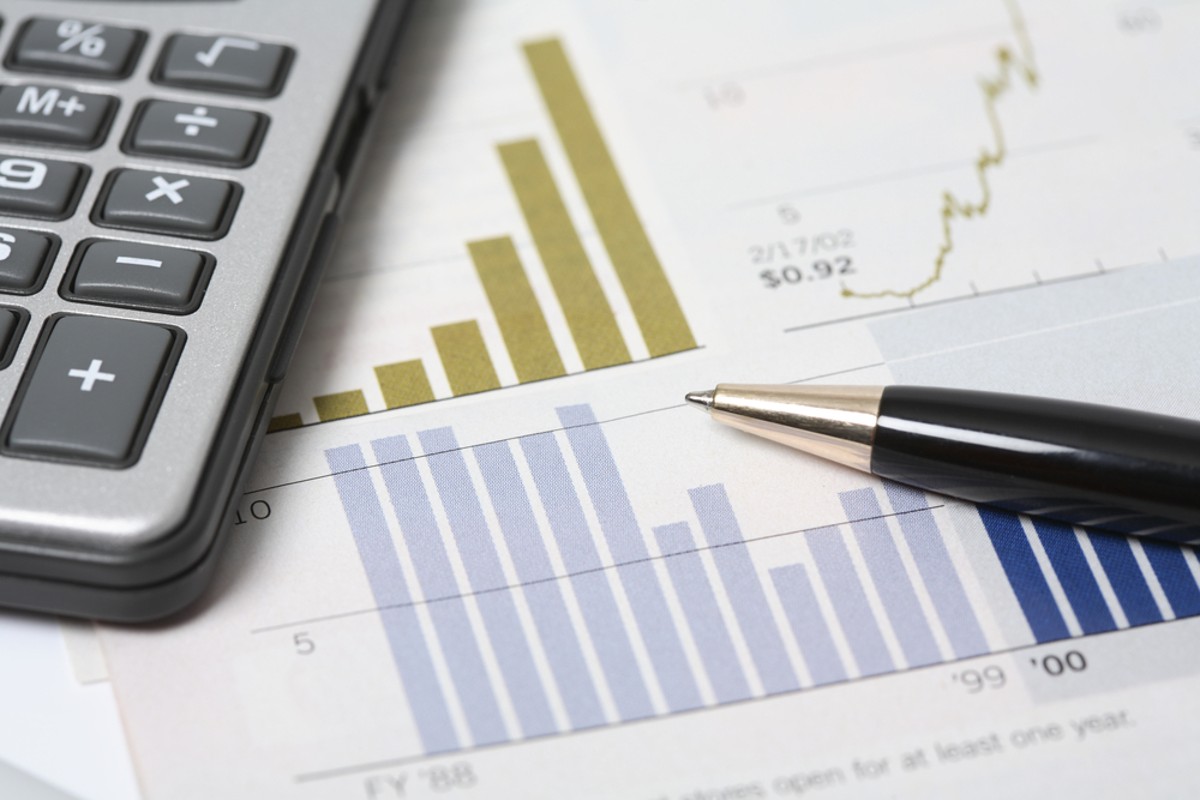A very helpful tool for figuring out how much needs to be placed as a margin with the stockbroker is a margin calculator. Before beginning a trade in the NSE equity derivatives, MCX, or NSE currency derivatives divisions, each stock broker requires traders to provide a specified amount of margin. According to the most recent exchange circular, the stockbroker must get the exposure margin, net buy premium margin, and SPAN margin when placing a derivative deal. We will discuss how investors can use a margin calculator efficiently in this article. We shall discuss the following points
What is a Margin Calculator?
- An online tool called a margin calculator determines the amount of margin needed for a specific deal while accounting for a number of variables like time, price, and volatility. The bigger the required margins, the higher the volatility.
Furthermore, the margins increase with the likelihood of suffering a loss. The most recent exchange circular states that when a stockbroker places a derivative trade, they must collect the exposure margin, net buy premium margin, and SPAN margin.
Types of Margin
The margin calculator can calculate various types of margins. Among them are:
- The SPAN Margin: The SPAN margin is the most basic and major trade for F&O. SPAN stands for Standardised Portfolio Analysis of Risk. Margin of this type measures the maximum loss that can occur in a portfolio. You can get a SPAN margin six times a day, so you can use the margin calculator according to how the value changes.
- The Exposure Margin: The exposure margin allows you to check the additional margin collected to protect the broker’s liability in adverse market conditions.
- The VAR Margin: Value at Risk margin is the calculation that measures the probability of a loss of an asset’s value based on historic price movements, volatility, and statistical analysis of the asset.
- Extreme Loss Margin: The extreme loss margin gives you the result for losses beyond the VAR margins.
How to Use Margin Calculator?
Certainly, here’s how you can use margin calculator:
- Save Time: Calculate margin requirements upfront to plan trades efficiently and set targets more effectively.
- Avoid Margin Calls: Knowing required margins helps traders prevent margin calls and avoid penalties.
- Optimize Hedged Positions: Utilize hedging strategies to reduce margin requirements and minimize portfolio risk.
- Maximize Profits: Increase profit potential by trading on margin, leveraging initial deposits, and using margin calculators to optimize F&O trades.
- Manage Volatility: Monitor margin changes to gauge trade risk and exercise caution during periods of heightened volatility.
- Assess Trade Feasibility: Determine trade feasibility by understanding exact margin requirements before entering transactions.
- Efficient Trade Planning: Preparing for margin needs in advance enables traders to plan trades more efficiently and avoid losses due to insufficient funds.
Benefits of Using a Margin Calculator
The following are some of the benefits of using a margin calculator:
- Calculate the margin needed to make a trade: The margin calculator can be used by traders to calculate how much money they should deposit with a brokerage to initiate a trade. It can also help traders determine whether they have enough money in their trading account when making a choice.
- Helps in establishing a financial map: Traders can use a margin calculator to outline the funds required for their transactions, which can help them make better decisions. This allows traders to determine whether they have enough money in their trading accounts. Traders can also use it to determine if they have enough cash to exit the market without waiting for the market to close. In this way, traders can see where their money is going and how their actions affect their finances.
- Helps with transparent transactions: Margin calculators allow traders to keep track of their transactions and ensure that their broker is not wasting their money on anything other than the financial transaction at hand. Therefore, traders can ensure their funds and information are being handled correctly.
Conclusion
A margin calculator is an essential tool for traders to understand how futures and options trading work. Traders can trade F&O smoothly with a reliable online stock trading app. In addition, a margin calculator can be used for commodities, equities, and other investments.
This tool makes estimating margin requirements easy. With careful input parameters and accurate data, the margin calculator can deliver reliable results for SPAN margin, exposure margin, VAR margin, and extreme loss margin. As a result, traders can confidently execute trades with higher capital and smoother transactions, ultimately improving their trading experience and financial performance.



